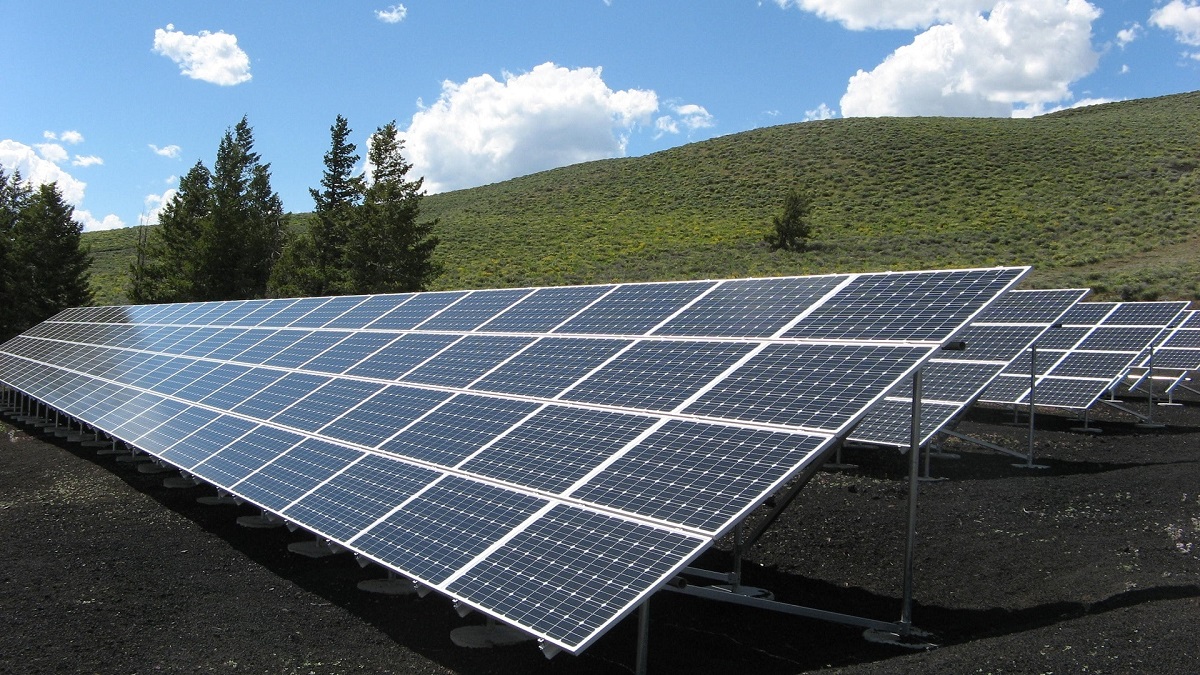Next-generation clean energy technologies are decreasing total global energy demand and assisting in achieving climate neutrality on the energy supply side. By all accounts, 2022 will be the year when the energy mix becomes cleaner, more secure, and more competitive, according to Carolyn Fortuna for cleantechnica.com.
To meet optimistic projections, energy investments this year will need to emphasize risk/reward performance ratios by proving dependability across a diverse range of renewable energy options. In accordance with the environmental “do no harm” principle, actions for all next-generation clean energy technologies must improve environmental sustainability, deliver products with lower greenhouse gas emissions, and improve environmental performance in terms of water use, circularity, pollution, and ecosystems, says Fortuna, Ph.D., a writer, researcher, and educator with a lifelong dedication to ecojustice.
Next-generation technology activity is growing at an exponential rate. For example, players in the energy business are striving to integrate more wind and solar into the electric grid. Private investment and pilot projects, together with federal research funding, are hastening the commercialization of developing technologies such as improved batteries and other kinds of long-term storage. These technologies can provide zero-carbon electricity and longer-term seasonal electricity storage, alleviate grid congestion, reduce renewable curtailment, increase reliability, and facilitate the integration of solar and wind into the grid, all while contributing to the goal of 100 percent clean energy.
What is an appealing 2022 equation for developing successful renewable services and technologies, according to Fortuna?
- A mix of diversified, cheap, secure, and sustainable renewable energy technologies and services increases global value chain competitiveness and market position in growing areas.
- The supply of energy to families and industry is continuous, and this is typically accomplished through the high penetration of variable renewables and other innovative low-carbon energy sources.
- These next-generation clean energy technologies provide significant prospects to replace or substitute carbon derived from fossil fuels in the electricity sector as well as other economic sectors such as heating/cooling, transportation, agriculture, and industry.
- Large-scale and dispersed deployment generates more job opportunities than the fossil fuel equivalent.

